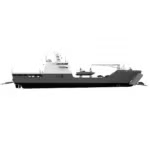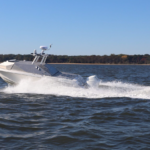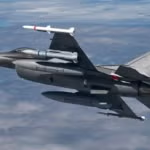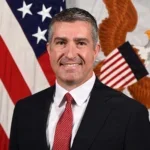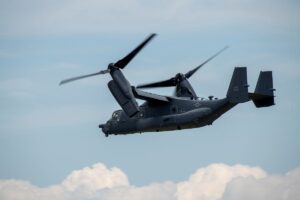
General Atomics Aeronautical Systems, Inc (GA-ASI) successfully demonstrated aircraft carrier deck handling with a surrogate MQ-25 Stingray, the company said Monday.Using a Predator C Avenger unmanned aerial vehicle (UAV) as a surrogate, the demonstration covered taxi capability and transition to the launch and recovery phases. This kind of test is meant to show the company’s proposal can operate correctly under aircraft carrier conditions.The Navy’s Stingray aims to be used primarily for aerial refueling, potentially extending an air wing's range by…

 By
By 